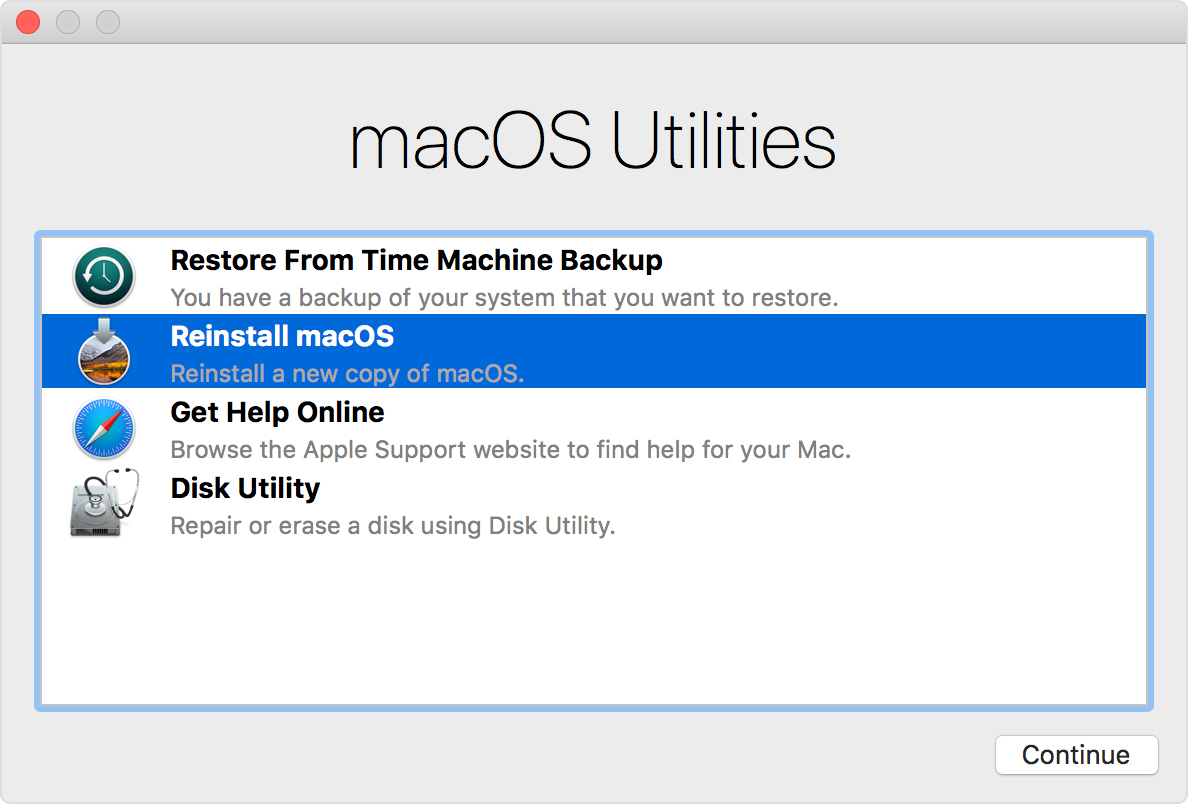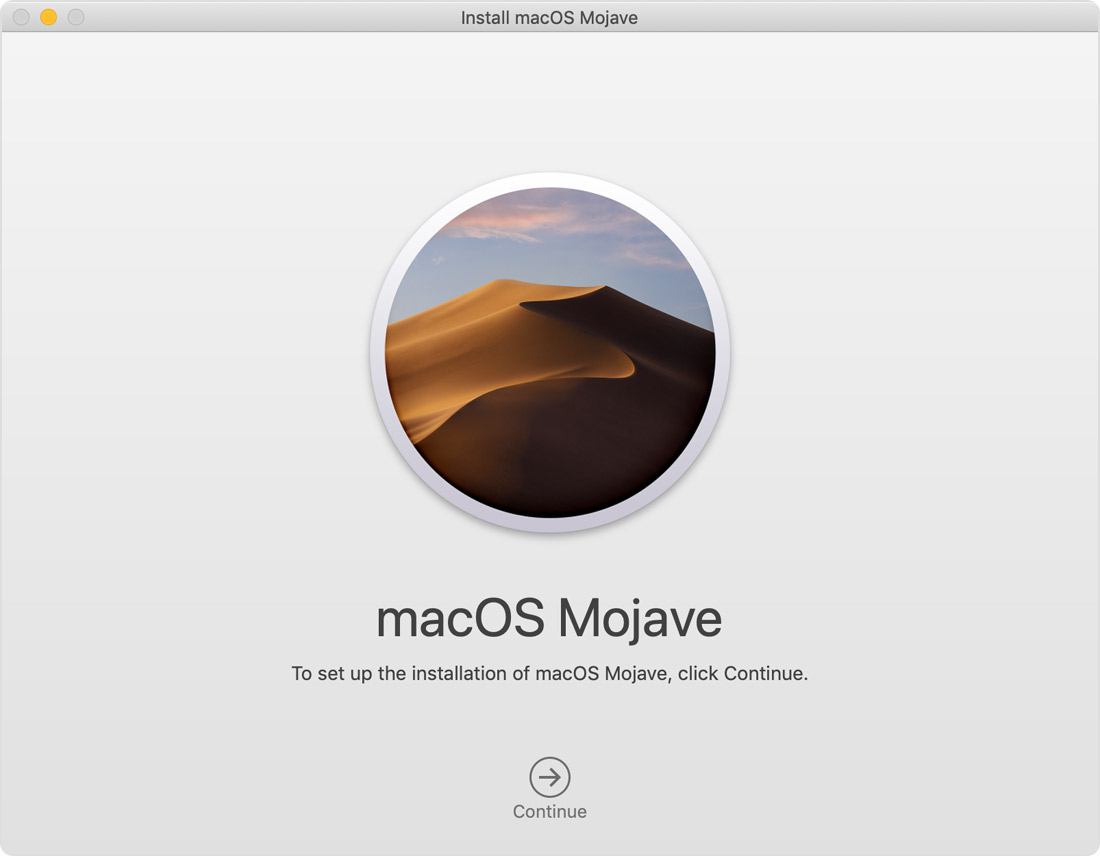Persistent beachball Very often, the pointer turns into a rotating beach ball while your…
How to Reinstall MacOS from MacOS Recovery
Learn how to use macOS Recovery to reinstall the Mac operating system on your built-in drive or an external drive.
Reinstall from macOS Recovery
macOS Recovery simplifies the reinstallation of the Mac operating system, even if you first need to delete the boot disk. All you need is an Internet connection. If a wireless network is available, you can choose it from the Wi-Fi menu in the menu bar. This menu is also available in MacOS Recovery.
1. Start up from macOS Recovery
To start up from macOS Recovery, turn on your Mac and immediately press and hold one of the following combinations on your keyboard. Command-R is generally recommended, especially if you never installed macOS Sierra 10.12.4 or later.
Command (⌘)-R
Install the latest macOS that was installed on your Mac.
Option-⌘-R
Upgrade to the latest macOS compatible with your Mac.
Shift-Option-⌘-R
Install the macOS that came with your Mac, or the closest version still available.
Release the keys when you see the Apple logo, a spinning globe, or a prompt for a firmware password. When you see the Utilities window, you’ve started up from macOS Recovery.

2. Decide whether to erase (format) your disk
If you need to erase the disk before installing macOS, select Disk Utility from the Utility window and then click Continue. You probably do not need to cancel, unless you’re selling or giving away your Mac or if you have a problem requiring deletion. Learn more about when and how to cancel.
3. Install macOS
After starting up from macOS Recovery, follow these steps to install macOS:
- Choose Reinstall macOS (or Reinstall OS X) from the Utilities window.
- Click Continue, then follow the onscreen instructions to choose your disk and begin installation.
If the installer asks to unlock your disk, enter the password you use to log in to your Mac. If it doesn’t see your disk, or it says that it can’t install on your computer or volume, you might need to erase your disk.

- Please allow installation to complete without putting your Mac to sleep or closing its lid. During installation, your Mac might restart and show a progress bar several times, and the screen might be empty for minutes at a time.
If your Mac restarts to a setup assistant, but you’re selling or giving it away, press Command-Q to quit the assistant without completing setup. Then click Shut Down. When the new owner starts up the Mac, they can use their own information to complete setup.
Credit: Apple Inc.
